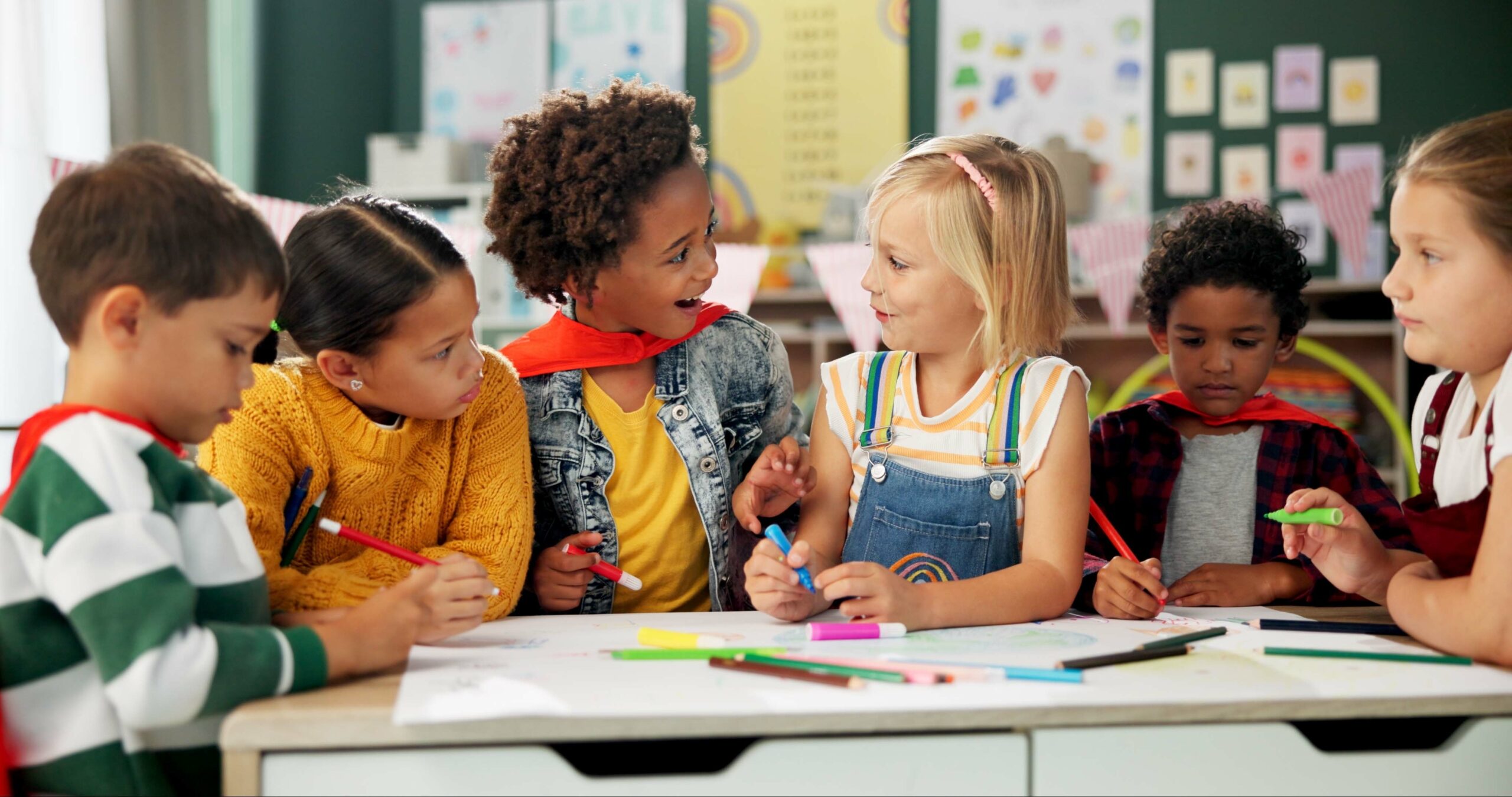Building Historical Board Games: A Fun Way to Review Social Studies

🎲 When History Meets Creativity, Everyone Wins!
What if your social studies review could feel more like game night than test prep? With historical board games, students don’t just study the past—they play through it.
Designing and playing educational board games allows students to review content, reinforce concepts, and express creativity, all while engaging in collaborative learning. Whether you’re wrapping up a unit or reviewing for a test, building a board game is a fun and powerful way to make history stick.
Let’s break down how to bring this winning idea to your classroom!
🎯 Why Use Student-Created Board Games in Social Studies?
✅ Turns review into an active, hands-on experience
✅ Reinforces facts, dates, geography, and vocabulary
✅ Encourages problem-solving, creativity, and collaboration
✅ Helps students process what they’ve learned and apply it
✅ Makes learning fun, memorable, and student-centered
And best of all? It gives students a sense of ownership over what they’ve learned.
📚 Step 1: Choose the Content to Review
Historical board games work best as a culminating activity at the end of a unit. Choose content students already know, and challenge them to turn it into a playable experience.
🎓 Example Topics for Historical Board Games:
- The American Revolution
- Ancient Civilizations (Egypt, Greece, Rome)
- The Civil Rights Movement
- Westward Expansion
- U.S. Government & Civics
- State Geography & Landmarks
- World War II
- Native American History
💡 Teacher Tip: Let students work solo or in pairs/groups depending on time, materials, and grade level.
🎲 Step 2: Brainstorm the Game Concept
Have students brainstorm their game’s concept and structure before jumping into design.
✏️ Things to Decide:
- What is the goal of the game? (e.g., reach the finish, collect knowledge cards, complete a challenge)
- What kind of game is it? (trivia, adventure, strategy, roll-and-move, card-based)
- How will players advance? (dice, cards, spinner)
- How will historical facts or events be included?
- Will there be penalties or bonuses for right/wrong answers?
💬 Prompt students:
“If you were learning this topic for the first time, what kind of game would help you remember it?”
✍️ Step 3: Plan and Design the Game
Here’s where creativity kicks in! Students sketch out their game board, rules, pieces, and cards. You can provide graphic organizers, templates, and supplies to help.
🧩 What Students Can Create:
- Game board (path, zones, or map)
- Player pieces
- Dice, spinner, or point tracker
- Question/answer cards (true or false, multiple choice, open-ended)
- Instruction booklet or rules page
- Title and box cover art
💡 Teacher Tip: Set clear expectations about neatness, accuracy, and historical relevance using a simple rubric.
🎮 Step 4: Play the Games
Once finished, let the students test each other’s creations! Have a classroom game day where teams rotate and play at least 2–3 peer-designed games.
This allows students to:
✅ Practice peer teaching
✅ See different creative approaches
✅ Spot historical connections across units
📷 Don’t forget to take pictures—you’ll want to showcase these masterpieces!
🧠 Step 5: Reflect and Extend
After game day, students should reflect on:
- What they learned while building the game
- What challenges they encountered
- What they enjoyed most
- How they would improve it next time
You can also encourage students to submit their games to be reused next year, creating a student-designed game library for your classroom!
🧰 Modifications for Younger Grades or Limited Time
Short on time? Try these ideas:
- Have students create quiz-style card games instead of full boards
- Use pre-made game boards (like Candy Land paths or Chutes and Ladders) and customize cards
- Make it a team project with assigned roles: artist, historian, writer, presenter
- Give choice boards with format ideas: trivia, escape room-style game, race to history, etc.
🎉 Bonus: Award Categories for Game Day
Spice up game day with fun student-voted awards:
🏆 Most Creative Game Design
📚 Best Use of Historical Facts
🎯 Most Challenging Questions
😂 Funniest Theme or Twist
🎨 Best Artwork
🏅 Most Playable Game
Students love recognition—and it keeps the focus on effort and engagement!
📌 Final Thoughts: When Students Make the Game, They Master the Content
Historical board games are more than fun—they’re evidence of learning. By designing, building, and playing games based on social studies content, students review material while thinking deeply about how to organize, explain, and usewhat they’ve learned.
✅ Review with purpose
✅ Learn through play
✅ Make it unforgettable
📌 Click the button below to see the printables that accompany this activity.
We hope you enjoy these ideas. Please share them with anyone else you think might also enjoy them.
💡If you’re not on our communication list yet, you can sign up below to receive your own weekly email bursting with exciting new ideas!
Happy teaching,
–The Virtual Field Trips Team
📚 Empowering educators. Enriching classrooms.
